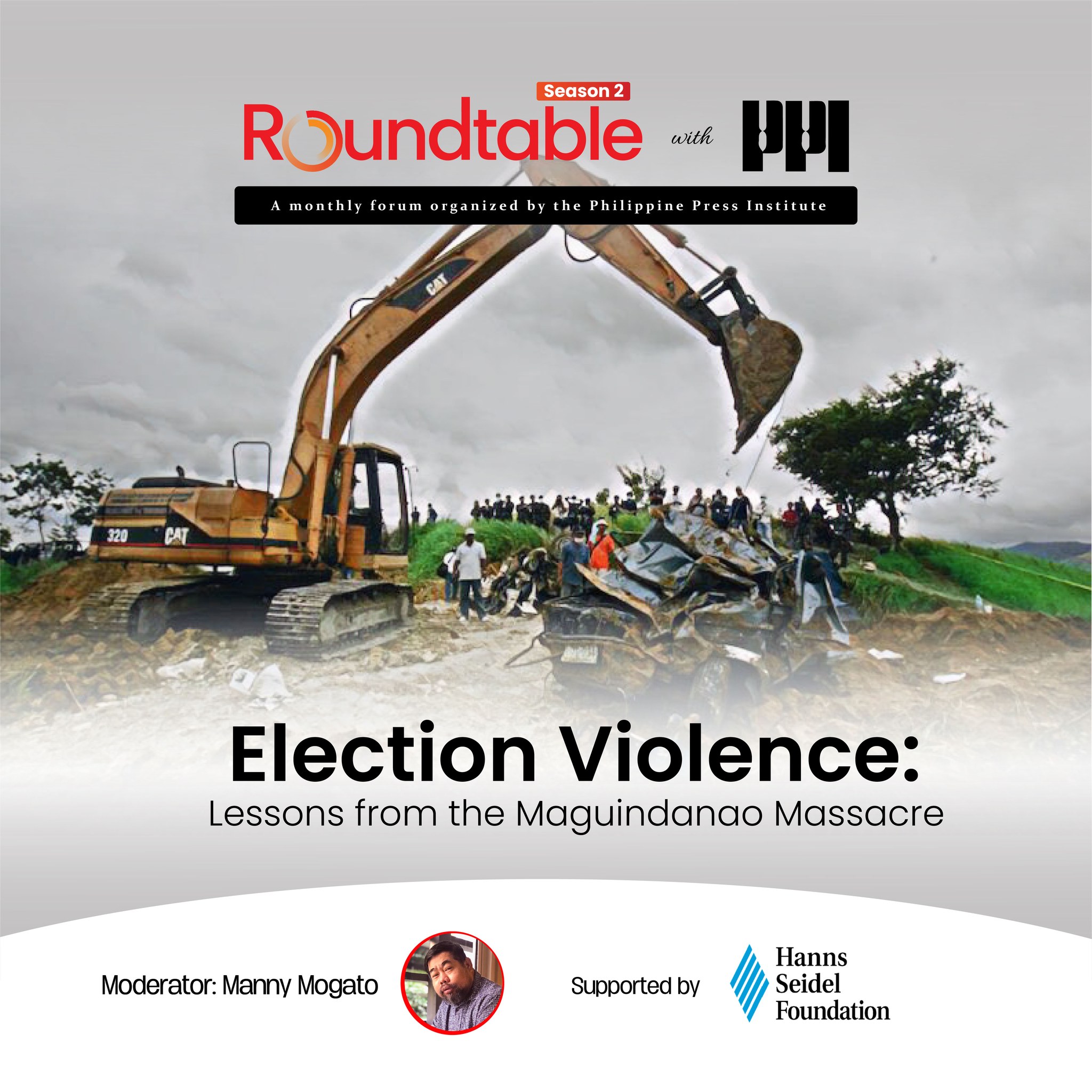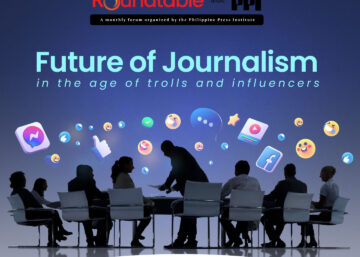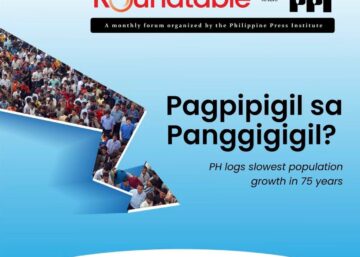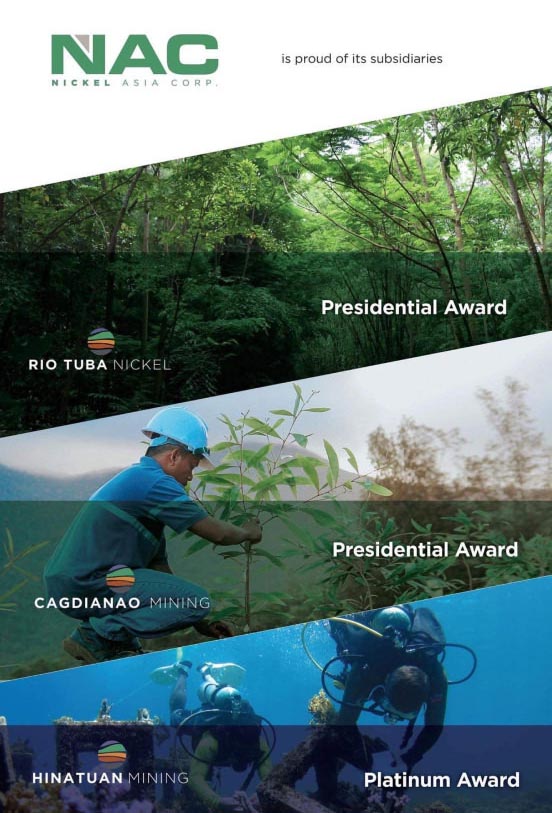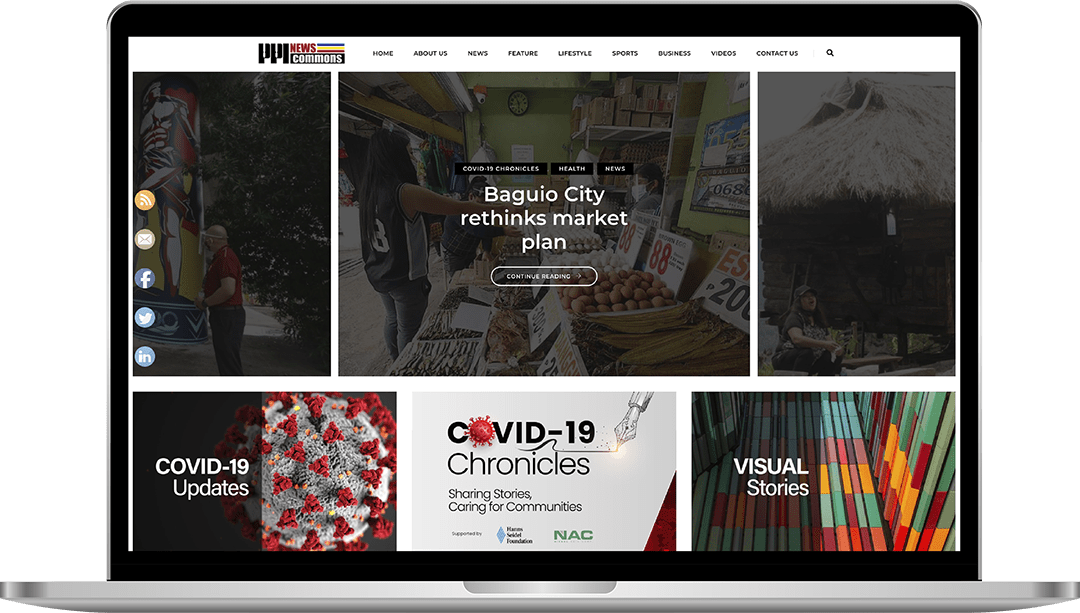On November 23, 2009, 58 people were mercilessly gunned down inside their vehicles which the perpetrators tried to hide by burying them in a mass grave in Maguindanao.
It was the most gruesome, politically-motivated mass murders in history, a grim reminder that elections in the Philippines remained dangerous for journalists.
Thirty-three of the victims were media workers. They were in the convoy of a political clan who was challenging the Ampatuan family, which ruled the province for years. The family was used to running for local positions in the province unopposed.
The Ampatuan family didn’t want to see any rivals so they decided to kill the rival family, including media workers and some civilians who were not part of the convoy but were at the wrong place and time.
Deniis Coronacion, head of the political science department at the University of Santo Tomas, said political violence still persists in many parts of the country, not only in Maguindanao.
As long as there are political warlords with private armies, Coronacion said there is danger of political violence in elections. Candidates and supporters are not only risks but journalists who cover intense political rivalry at the local level.
Mindanao-based journalist Froilan Gallardo has seen all the election violence in his decades-long career. Armed men intimidating and harassing poll watchers and election inspectors in Visayas and Mindanao. He was also dodging bullets as gunfire erupted while covering elections in Mindanao.
But journalists like Gallardo also faced dangers from anti-government forces like the New People’s Army rebels, Muslim separatist guerrillas and Abu Sayyaf Islamist militants.
These non-state actors also contributed to an increase in election-related violated incidents (ERVI) as well as body counts during the election period.
But reforms in the electoral system and the security forces’ successes against rebel groups have brought down election violence.
Coronacin said the introduction of automated elections in 2010 reduced election violence as human intervention in the counting of ballots at the precinct level was eliminated.
Bu in some areas elections remained hotly contested between rival political clans and sometimes presence of armed men, including rebels could complicate the situation.
These are the areas being watched not only by security forces but by journalists as well.
Katherine Cortez, a safety trainer from National Union of Journalists in the Philippines, said the organization has launched a training program to prepare journalists on how to cover dangerous situations, including elections in hot spot areas.
Cortez shared the NUJP’s training program on safety awareness. She also stressed the importance of digital literacy amidst proliferation of disinformation and continued attacks against journalists through social media hacking, trolls, and other work related online platforms.
There will always be dangers in covering elections in the Philippines, especially in Mindanao where there are many areas under the military and police hotspots.
Cortez said journalists have must protective vests and to be vigilant to avoid getting caught in the crossfire. No story is worth covering I your own life and limb are at stake.
Coronacion and the two journalists believe the government should do more to protect the integrity of the electoral process and safeguard the safety of poll workers, watchers and journalists.
Cortez and Gallardo said journalists can avoid getting caught in election vio;ence by upholding the values of integrity and must work with passion.
News outfits should properly equip their employees covering critical areas and implement fair labor practices as well, News outfits should look into the inhumane pay of journalists receiving a mere Php 4,000.oo a month or Php 100.00 a day.
Journalists should equip themselves with personal protection gear and most importantly should make sure to bring with them their IDs.
